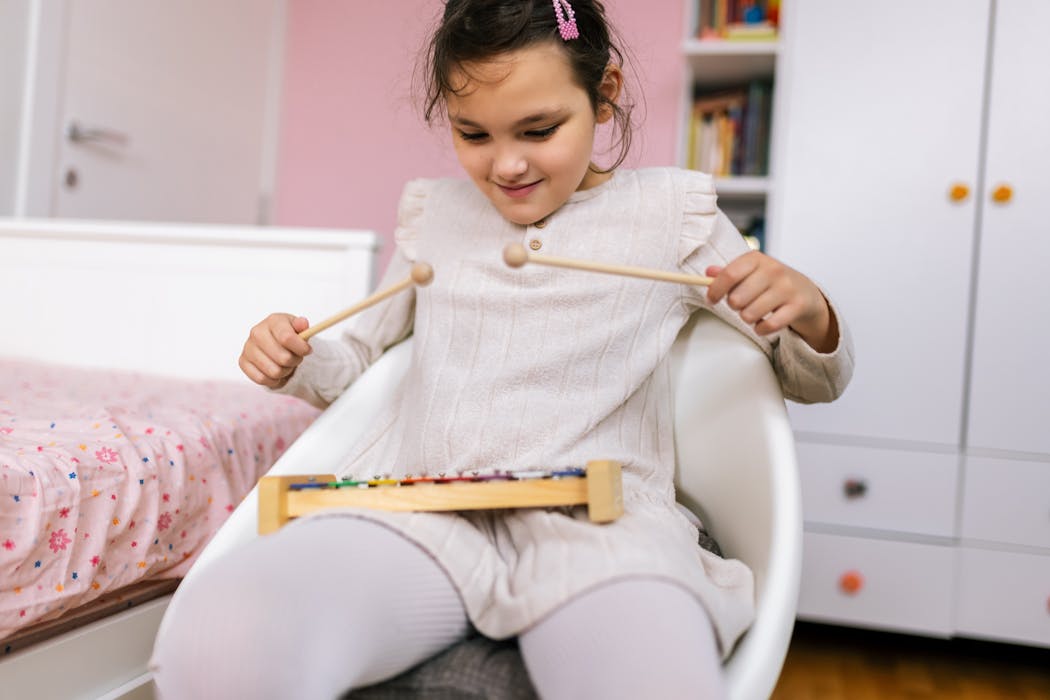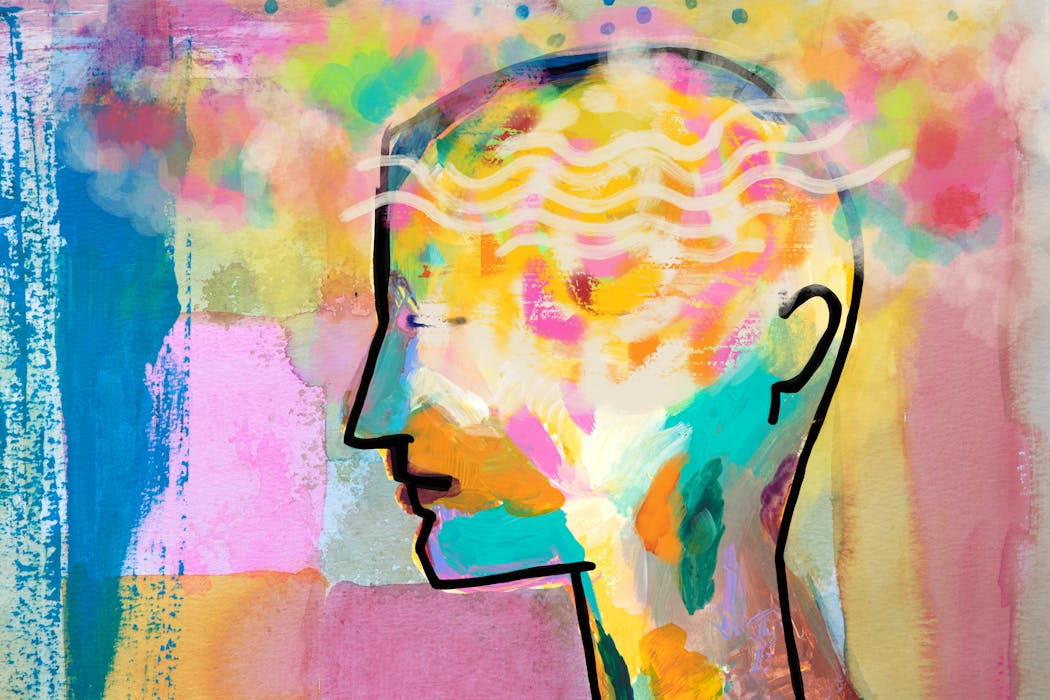Art therapy for autism is a form of therapy that utilizes the creative process of making art to improve and enhance the physical, mental, and emotional well-being of individuals on the autism spectrum. This form of therapy allows individuals with autism to express themselves in a non-verbal way, which can be particularly beneficial for those who struggle with verbal communication. Art therapy for autism can take many forms, including painting, drawing, sculpting, and other creative activities. The goal of art therapy for autism is to provide individuals with a safe and supportive environment in which they can explore their thoughts, feelings, and experiences through the creative process.
Art therapy for autism is often conducted by trained and certified art therapists who have a deep understanding of the unique needs and challenges of individuals on the autism spectrum. These therapists are skilled in using art as a means of communication and self-expression, and they are able to tailor their approach to meet the specific needs of each individual. Art therapy for autism can be conducted in a variety of settings, including schools, clinics, and community centers, and it can be used as a standalone therapy or as part of a comprehensive treatment plan.
The Benefits of Art Therapy for Individuals with Autism
Art therapy for individuals with autism offers a wide range of benefits that can have a positive impact on their overall well-being. One of the key benefits of art therapy for autism is its ability to provide individuals with a non-verbal means of communication. Many individuals with autism struggle with verbal communication, and art therapy provides them with a way to express themselves and communicate their thoughts and feelings in a way that is comfortable and natural for them.
In addition to improving communication skills, art therapy for autism can also help individuals develop their social skills. Through the creative process of making art, individuals with autism can learn to interact with others, share their work, and collaborate on projects. This can help them build confidence and develop important social skills that can benefit them in other areas of their lives.
Another important benefit of art therapy for autism is its ability to provide individuals with a sense of accomplishment and pride. Making art can be a deeply rewarding experience, and individuals with autism can benefit from the positive feelings that come from creating something beautiful and meaningful. This can help boost their self-esteem and confidence, and it can provide them with a sense of purpose and fulfillment.
How Art Therapy Can Improve Communication and Social Skills
Art therapy has been shown to be an effective tool for improving communication and social skills in individuals with autism. The non-verbal nature of art therapy allows individuals to express themselves in ways that may be difficult or impossible through traditional verbal communication. This can help individuals with autism communicate their thoughts, feelings, and experiences in a way that is comfortable and natural for them.
In addition to improving communication skills, art therapy can also help individuals with autism develop their social skills. Through the creative process of making art, individuals can learn to interact with others, share their work, and collaborate on projects. This can help them build confidence and develop important social skills that can benefit them in other areas of their lives.
Art therapy can also provide individuals with autism with a sense of accomplishment and pride. Making art can be a deeply rewarding experience, and individuals with autism can benefit from the positive feelings that come from creating something beautiful and meaningful. This can help boost their self-esteem and confidence, and it can provide them with a sense of purpose and fulfillment.
Exploring the Role of Art Therapy in Sensory Integration for Autism
Sensory integration is an important aspect of autism therapy, as many individuals on the spectrum struggle with sensory processing issues. Art therapy can play a valuable role in sensory integration for individuals with autism by providing them with a safe and supportive environment in which they can explore their senses through the creative process.
The sensory nature of art therapy allows individuals with autism to engage with different textures, colors, and materials, which can help them develop their sensory processing skills. This can be particularly beneficial for individuals who struggle with sensory sensitivities or who have difficulty processing sensory information.
In addition to providing individuals with opportunities to engage with different sensory experiences, art therapy can also help them learn to regulate their sensory responses. Through the creative process of making art, individuals with autism can learn to manage their sensory experiences in a way that is comfortable and enjoyable for them. This can help them develop important self-regulation skills that can benefit them in other areas of their lives.
Case Studies and Success Stories of Art Therapy for Autism
There are numerous case studies and success stories that highlight the positive impact of art therapy on individuals with autism. One such case study involved a young boy with autism who struggled with severe sensory sensitivities. Through art therapy, he was able to explore different textures and materials in a safe and supportive environment, which helped him develop his sensory processing skills and learn to regulate his sensory responses. As a result, he was able to engage more comfortably in everyday activities and experiences.
Another success story involved a teenage girl with autism who struggled with social communication. Through art therapy, she was able to express herself in a non-verbal way, which helped her develop her communication skills and build confidence in interacting with others. She also found a sense of purpose and fulfillment through making art, which helped boost her self-esteem and overall well-being.
These case studies and success stories demonstrate the powerful impact that art therapy can have on individuals with autism. By providing them with a safe and supportive environment in which they can explore their senses and express themselves through the creative process, art therapy can help individuals on the spectrum develop important skills and improve their overall well-being.
The Importance of Professional Training and Certification for Art Therapists working with Autism
It is essential for art therapists working with individuals on the autism spectrum to have professional training and certification in order to provide effective and safe therapy. Individuals with autism have unique needs and challenges, and it is important for therapists to have a deep understanding of these needs in order to provide appropriate support.
Professional training in art therapy for autism should include education on the specific characteristics of autism, as well as training in how to adapt therapeutic techniques to meet the needs of individuals on the spectrum. Therapists should also be trained in how to create a safe and supportive environment for individuals with autism, as well as how to effectively communicate and engage with them through the creative process.
In addition to professional training, certification in art therapy for autism can provide therapists with the knowledge and skills they need to effectively support individuals on the spectrum. Certification programs often include coursework on the latest research and best practices in art therapy for autism, as well as hands-on training in working with individuals on the spectrum.
By obtaining professional training and certification in art therapy for autism, therapists can ensure that they are equipped to provide effective and safe support for individuals on the spectrum. This can help them build trust with their clients and provide them with the best possible care.
Integrating Art Therapy into Comprehensive Treatment Plans for Autism
Art therapy should be integrated into comprehensive treatment plans for individuals with autism in order to provide them with holistic support that addresses their unique needs. In addition to traditional therapies such as speech therapy and occupational therapy, art therapy can play a valuable role in supporting individuals on the spectrum.
By integrating art therapy into comprehensive treatment plans, individuals with autism can benefit from a range of therapeutic approaches that address their physical, mental, emotional, and social well-being. Art therapy provides individuals with a non-verbal means of communication, which can complement traditional therapies that focus on verbal communication skills.
In addition to providing individuals with opportunities to express themselves through the creative process, art therapy can also help them develop important skills such as sensory integration, self-regulation, and social interaction. By integrating these therapeutic approaches into comprehensive treatment plans, individuals on the spectrum can receive holistic support that addresses their unique needs and challenges.
Overall, integrating art therapy into comprehensive treatment plans for autism can provide individuals with a range of therapeutic approaches that support their overall well-being. By providing them with opportunities to express themselves through the creative process and develop important skills, art therapy can play a valuable role in supporting individuals on the spectrum.
Find out how Torongo Therapyplus can help you with your needs. Get in touch with us at smile@torongo.life, or call us on 02 8809 9965.































